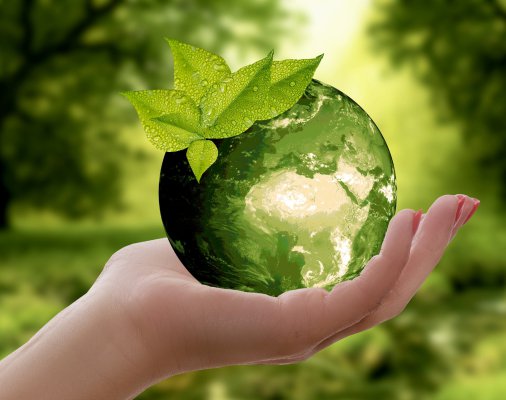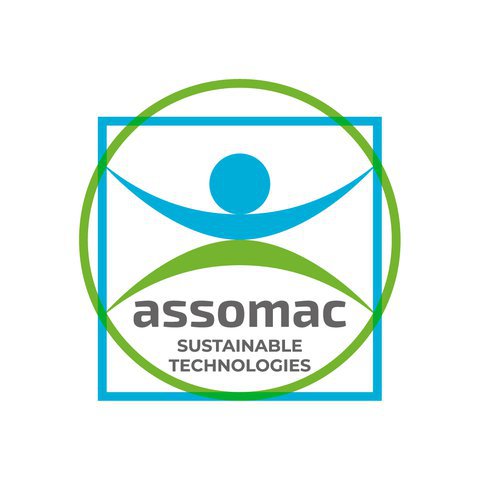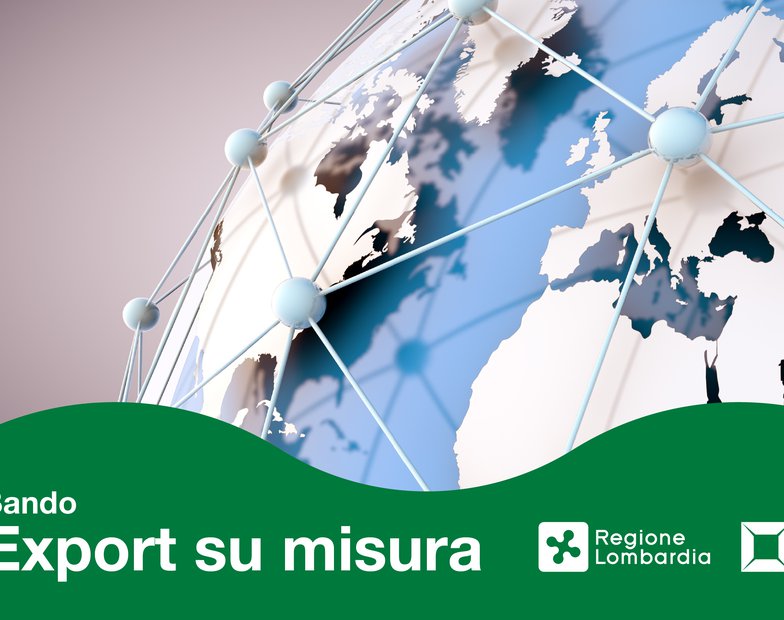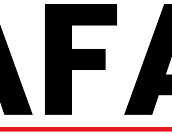Transition 4.0 and Sustainability. Two macro-areas of industrial development that are certainly interconnected and that, in recent years, have literally “flooded” international public opinion with messages, both strictly in the process and in the economic-commercial sphere, at all levels. It is evident that these two issues are at the centre of the debates, creating many discussions about the possible scenarios that will open up.
Today it is, of course, paradoxical and absurd to maintain a position “against” technological transition and sustainability, as to what are the guidelines for its application and the implementation of the possible models which remain ground for comparison.
Moving in a strictly technological and manufacturing area, the real question here concerns the right ways to DEFINE/CHARACTERISE a production process so that it can be considered as “converted into a sustainable process”.
Many of the applied analysis methods are based on L.C.A algorithms; however, the boundaries widen with the adoption, by the Community, of the “EU Taxonomy” concept: a complex analysis system that considers both economic and technical parameters for the analysis of industrial processes.
These evolutions that are entering in a disruptive way in the considerations on production processes cannot be underestimated and certainly one must seriously consider what the effects on the whole of the industrial supply chains are, especially for competitiveness reasons in the global scenario.
We would like to highlight some of the “tools” available for manufacturing SMEs, in the Fashion and Automotive sectors.
Our journey begins with a recent research conducted in collaboration with the consulting company BLUMINE s.r.l. which deals with sustainability in the textile and fashion industry. The study was based on the analysis of the sustainability reports of a panel of fashion brands in order to highlight the priority strategies and commitments undertaken in terms of reducing environmental impact. From the guidelines that emerged, it was possible to better define the ‘demand’, that is, the expectations of the users of technologies (tanners, footwear and accessories manufacturers)
in terms of environmental performance.
If we focus on the great theme of how “Human activities contribute to climate change” (a highly topical issue and one of the five main pillars of sustainability identified by research) to operate a “Reduction of the environmental impact” and in particular of emissions and the consumption of energy and raw materials that contribute to determining the environmental load of a process or product, Brands request:
1. Documented policies to reduce their environmental impact (GHG2 reduction);
2. Traceability of production flows and materials.
It is therefore clear that the availability of machinery and technologies that reduce energy and water consumption, limit emissions (dust, wastewater, waste) and ensure the recovery of chemicals from purification processes, as well as data collection and processing systems, are better able to intercept customers’ demand for sustainable innovation.
How can you “document” this, though:
that is, how do you provide data that is in no way questionable, that is “CERTIFIED” and responds to the precise request of reducing the environmental impact?
The scientific indicator, which even the European Union designates for the reduction/fight against “Climate Changes” refers to greenhouse gas emissions (GHG - Green House Gas), expressed in terms of “CO2 equivalent”.
The same FASHION PACT, the global programme to fight climate change and protect the oceans, signed in 2019 at the G7 held in Biarritz by the biggest fashion brands, indicates how the adoption of “Science Based” indicators to measure and therefore activate improvement actions to reduce emissions (again, measured in CO2 equivalent) is of vital importance.
In the footwear, leather goods and tannery sectors, as an association that represents them (and together with ACIMIT for the textile sector), we have known for some time that technological innovation brought about by the “fourth industrial revolution”, defined as “INDUSTRY 4.0”, is the factor enabling for the achievement of sustainability along the entire production chain and for the entire life cycle of the product.
The most recent definition of Industry 5.0 understood as the ability to exploit and enhance the contribution of automation and robotics as a collaborative method that does not involve the replacement of man in control and design functions, finds in the production of technologies for the fashion industry, design and automotive sector, a natural concretisation.
In fact, we are talking about high value-added supply chains whose component of advanced craftsmanship and stylistic development are well configured in this socially sustainable digital vision.
How do we thus get to a production that can be certified as sustainable?
Our contribution concerns a digital system capable of recovering the consumption data of the machinery inserted in the production process and returning it in terms of equivalent CO2: the “ASSOMAC Green Label”, based on a Standard LCA (Life Cycle Assessment) calculation method and certified by an independent third party (RINA SpA).
So here is a tool, intended as a voluntary certification, which allows manufacturing companies in the fashion industry to adopt a “science based” indicator to calculate environmental performance and return reliable data to activate the necessary improvement actions and strengthen one’s commitment towards the environment and society. An approach that goes far beyond the pure - albeit desirable - eco-efficiency of technologies to serve as a strategic support for the company also in its relations with stakeholders.
Improvement activities in this sense are in fact no longer understood only in terms of corporate “Social Responsibility”: the world of international finance wants “responsible investments”, not just in regards to the financial management of the company, but also by paying attention to environmental, social and governance aspects.
The three ESG (Environmental, Social, Governance) criteria are already a reality in the best Italian banks.
Through the Next Generation EU, Europe looks at the programmes that have been approved by the various Member States in this perspective (for Italy the “National Recovery and Resilience Plan”): funding goes towards an ecological production transition and industrial structure plans with a strong technological vocation.
The ASSOMAC Green Label is a powerful tool capable of making people appreciate the centrality of data, in its form and in its correct use and responding to the need for sustainable production cycles and certified indicators for the preparation of sustainability reports and for the availability of funding, in line with global green expectations.
Notes
1. A. Magni, M.Ricchetti, A. Magni, M.Ricchetti, Sustainability in the perspective of brands in the fashion supply chain, April 2021,
2. Green House Gas (GHG) indicates the emissions of greenhouse gases attributable to an activity. It is expressed in terms of CO2eq.
3. ESG criteria are therefore used to measure the environmental, social and governance impact of companies, which are increasingly focused on highlighting the sustainability of their business and initiatives. These criteria also make it possible to formulate a ranking of the companies that are best suited to meet these three parameters. Companies are no longer evaluated by simply observing their ability to produce money, but also ethical results, such as social inclusion or environmental protection.
GREEN LABEL ASSOMAC
The Green Label is a tool for easy-to-read content that specifies the environmental and energy performance of a machinery belonging to Assomac Associated companies, returning a numerical value expressed in CO2 Equivalent, and calculated using the standard LCA (Life Cycle Assessment) method. The green label is a voluntary certification, certified by an independent third party, Rina S.p.A.




